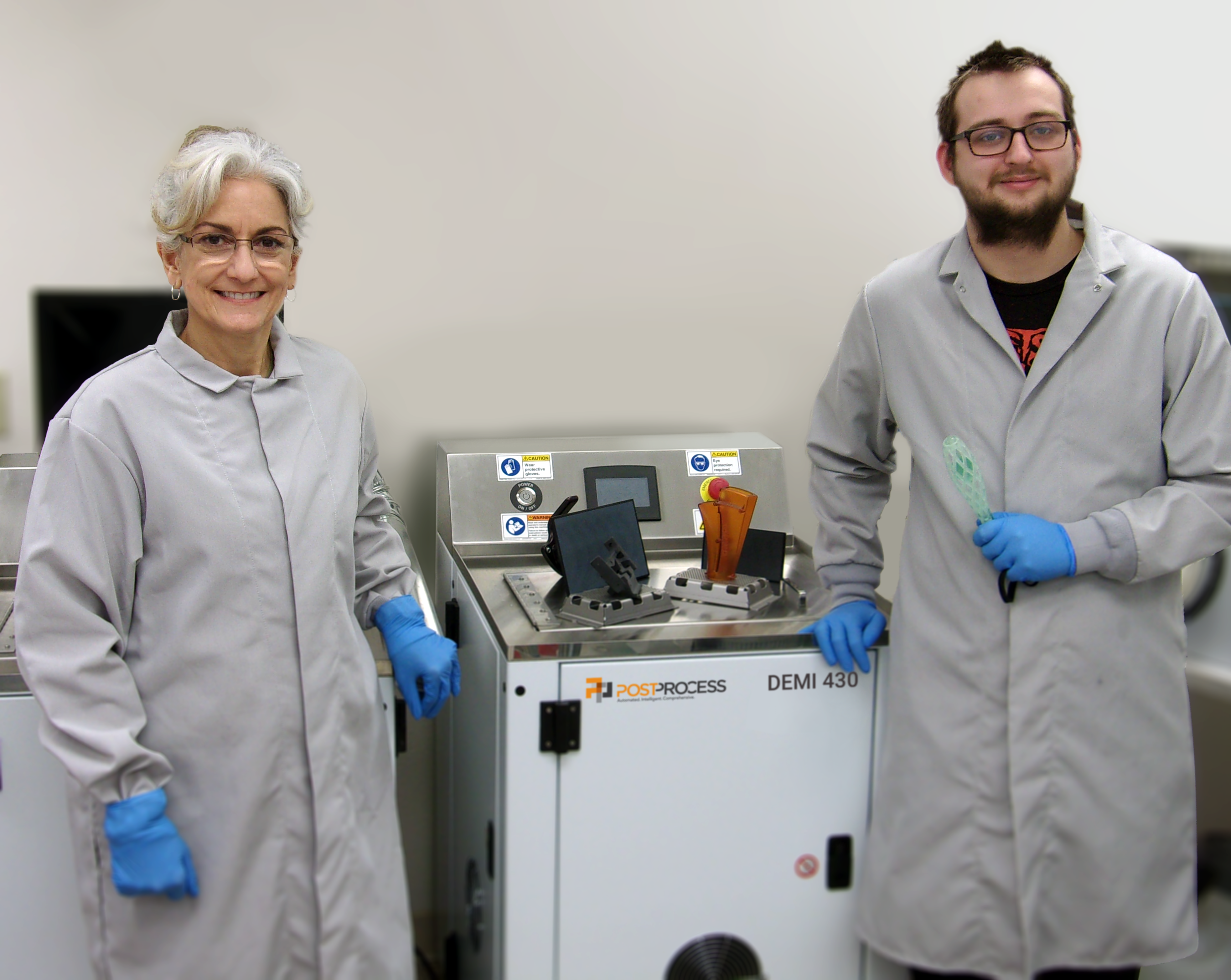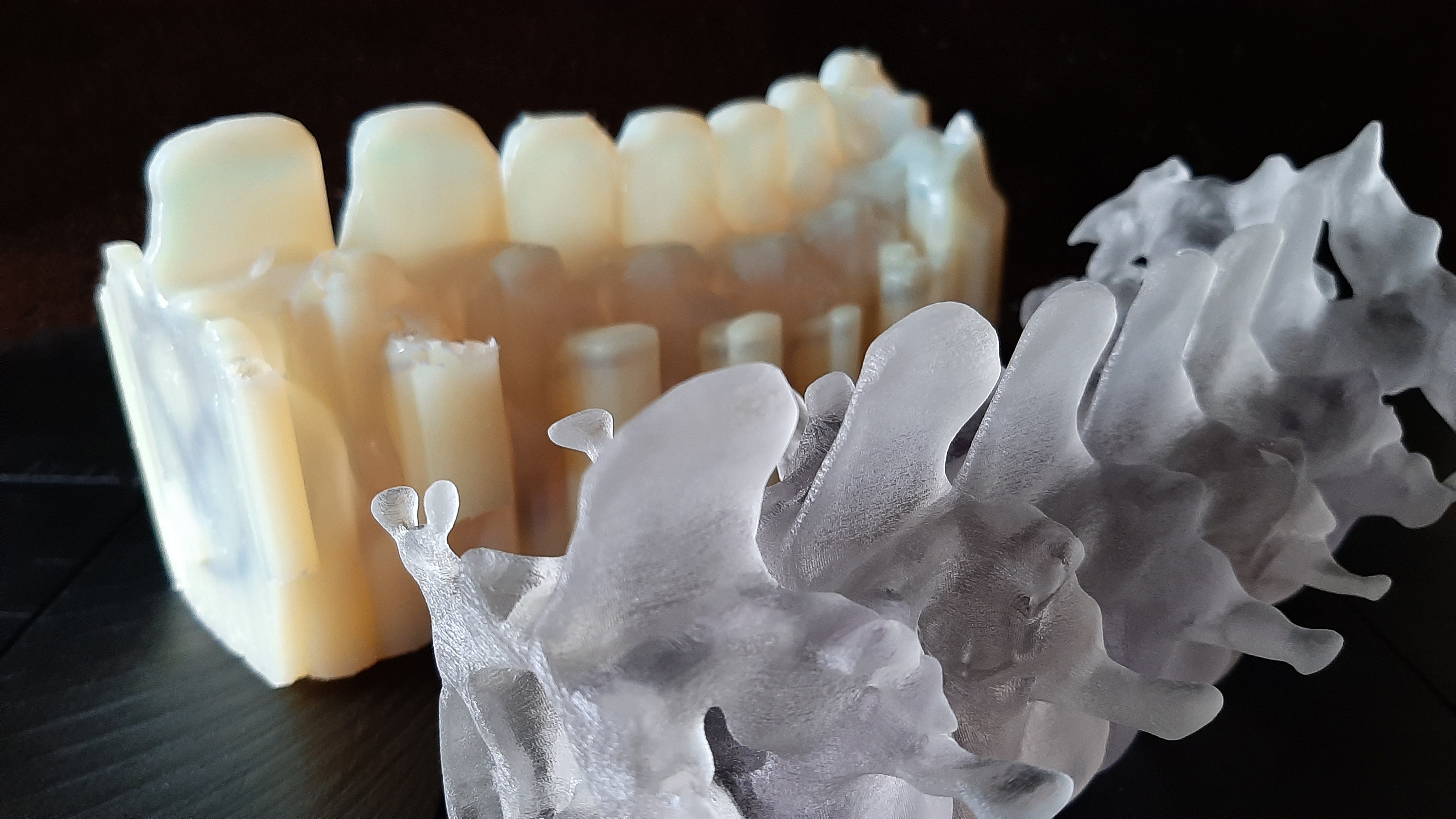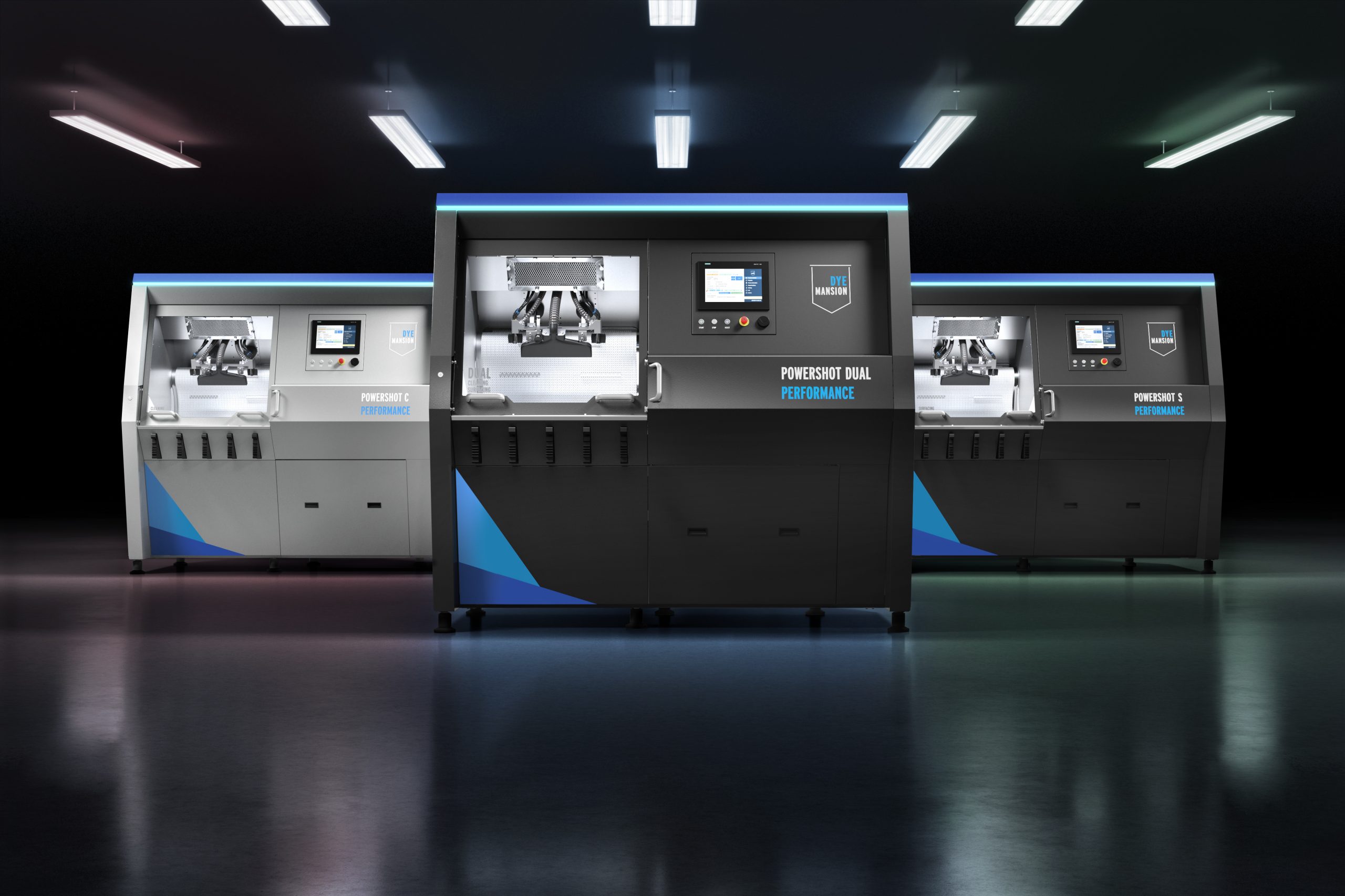Automated post-processing system manufacturer PostProcess Technologies has been selected by South Dakota-based 3D printing service Primary Manufacturing to provide its automated resin removal post-process system, DEMI 430.
Featuring PostProcess’ patented Submersed Vortex Cavitation (SVC) technology, the DEMI 430 will be integrated into Primary Manufacturing’s digital thread to improve the post-printing of its resin 3D printing processes by increasing throughput and productivity levels.
“We are committed to serving small businesses and tech giants alike, but the ability to do that stems from keeping up with the latest technological advances,” said Ladd McCluskey, President and Primary Manufacturing.
“While it’s easy to primarily focus on the latest and greatest print technologies, it’s clear to us that digitized post-printing is essential to leveling up productivity and throughput.”

PostProcess’ SVC technology
SVC is one of the company’s four post-processing technologies and is engineered for support and resin removal. The process works by fully immersing a 3D printed part in one of PostProcess’ proprietary detergents while rotating it in a mechanical drum with vortexes. The system simultaneously uses ultrasonic waves to create high-frequency pressure around the part, causing support connections to break off while leaving the part intact.
The technology’s software intelligence ensures that parts are uniformly and consistently exposed to detergent and cavitation throughout the post-printing process. PostProcess received patent approval for SVC in August last year, taking the total number of hardware, software, and chemical patents the company holds to more than 50.
SVC is featured in the company’s CENTI, FORTI, and DEMI support and resin removal machines, and is reportedly compatible with almost any 3D printing polymer part.
Since receiving its patent for SVC, PostProcess has released its largest submersion system to date, the DEMI 4000, for SLA resin removal. The machine became the fourth from the company to feature its SVC technology.
At the tail-end of last year, PostProcess was granted a further US patent for its Volumetric Velocity Dispersion (VVD) technology, primarily intended for use with FDM, SLA, CLIP, and PolyJet 3D printed polymer parts.

Boosting throughput with DEMI 430
Primary Manufacturing deploys state-of-the-art 3D printing technologies such as Carbon’s DLS and 3D Systems’ Figure 4 printers to produce plastic parts, prototypes and models for a wide range of customers and applications.
Unimpressed by the throughput and productivity drawbacks of traditional resin removal methods, the company chose PostProcess’ DEMI 430 resin removal system to enable it to meet its daily rapid production and scaling goals.
By integrating the DEMI 430 into its workflow’s digital thread, Primary Manufacturing was able to finish more parts in less time thanks to the system’s SVC technology.
“Above all, we’re delighted at the ability of the PostProcess solution to make resin removal safer, more pleasant, and less time-consuming for our team – who are the key to our success,” said McCluskey.
Nate Harris, Vice President of Sales, North America, at PostProcess, added, “we’re pleased to see the DEMI 430 enabling efficiencies at one of the United States’ top additive companies while simultaneously maintaining the high part quality that Primary Manufacturing is renowned for.
“We look forward to seeing how our digitized approach and specially developed resin removal detergents will continue to revolutionize throughput for Primary Manufacturing.”
Automated post-processing for AM
In the past, automated post-processing systems have often lagged behind 3D printers in terms of technological advancement, although there have been several recent developments in this area looking to address this.
For instance, post-processing specialist DyeMansion launched three new post-processing systems last month designed to complement high-volume 3D printing on the shop floor. The new high-throughput cleaning and surface finishing systems are specifically geared towards industrial components, and reportedly reduce process times by 20 percent and increase load capacity by 150 percent on average, compared to their predecessors.
Meanwhile, UK-based post-processing firm Additive Manufacturing Technologies (AMT) closed a £2.5 million funding round that will enable it to “unlock the full potential” of industrial additive manufacturing, through its automated post-processing system. The announcement came a few months after the firm partnered with multinational printing company HP to provide end-to-end post-processing services for the firm’s Multi Jet Fusion (MJF) printing technologies.
AMT has since partnered with Japanese electronics manufacturer Mitsubishi Electric to develop a fully automated post-processing machine for 3D printed plastic parts with the goal of significantly boosting productivity. The machine is reportedly the first of its kind to be approved by safety and consulting firm Underwriters Laboratories, combining AMT’s PostPro3D chemical vapor smoothing system and Mitsubishi’s articulated arm robots.

Subscribe to the 3D Printing Industry newsletter for the latest news in additive manufacturing. You can also stay connected by following us on Twitter and liking us on Facebook.
Looking for a career in additive manufacturing? Visit 3D Printing Jobs for a selection of roles in the industry.
Featured image shows Primary Manufacturing lab technician Lisa Baker and engineering technician Gage Tift with the PostProcess DEMI 430 system. Photo via PostProcess Technologies.


